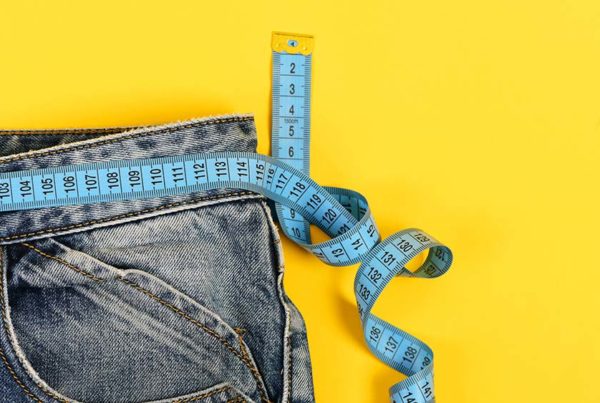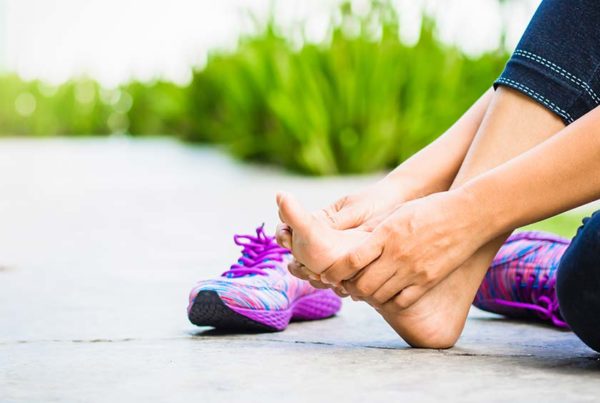Occasionally, someone emails me an article that mentions me in the past tense as if I’m no longer around. Or that I’ve vanished, maybe marooned on some tropical island. Tim DeBoom wrote a short piece in the current issue of Triathlete Magazine about his experience of first visiting my clinic in 1994. His essay ends with this rather odd nugget that any quick Google search of my name would have easily made him think otherwise: “Maffetone has disappeared quietly from the sport of triathlon.”
But more importantly, his essay left out some vital information related to his visit to my office. As such, and to prevent readers of Tim’s walk down memory lane from misunderstanding who and where I am, as well as my place in the endurance community, allow me to address some of these missing and misunderstood topics.
Where have I gone? Physically, I moved to a small mountain town in Arizona. In all other matters, I have moved “All the Way to Heaven and Back.” Actually, that’s the title of one of the many songs I recently wrote and recorded in a Los Angeles music studio; it’s one of many posted on my website (www.philmaffetone.com).
Allow me to explain: In 2003, a sudden passion to write music took me to a seemingly new career in songwriting, although I continue to this day to lecture, write, coach, and participate in multisport training, health, and fitness. In fact, I just completed writing a new 600-page book called “The Big Book of Endurance Training and Racing,” which will be in bookstores in September. Additionally, much of my current endurance sports writing – articles and comments in response to questions from athletes all over the world – also appears on my website.
While Tim DeBoom hadn’t initially heard of me before 1994 when he limped into my office, I had already been working for over a dozen years with endurance athletes as part of my clinical practice in New York State. These ranged from elite ultra runners and marathoners to triathletes. I was one of the first to employ heart rate monitor training, fat-burning concepts, low carb diet programs, and various nutritional drinks and bars. While Mark Allen, Colleen Cannon and Mike Pigg were some of the high-profile endurance athletes who sought my training and coaching advice, a significant part of my career focused on average athletes who were seeking better health and performance.
My first impression of Tim was that of a young, inexperienced but potentially great triathlete. Most endurance athletes have great potential in a sport that is training and lifestyle oriented, not genetically determined. Tim was eager to learn. But first there was his leg problem. In the article, he writes that a tendon issue made it impossible for him to run. And that it had refused to get better despite seeing many other sports medicine professionals.
My initial evaluation and treatment of Tim could fill many pages, which I won’t elaborate here due to patient confidentiality. I will say, however, that his portrayal of his visit to my clinic made me appear rather peculiar; perhaps this was due to a space limitation in Triathlete or not remembering many of the details from long ago.
While Tim’s essay seemed to focus on so-called alternative medicine, my practice style was not alternative. Instead, it was a physiologically based approach of evaluating and treating an athlete in an individual way rather than a cookbook style that is still common today. Properly stated, I practiced complementary sports medicine. Alternative medicine is an alternative to this approach, and especially one departing from more traditional or conventional medicine. (Many in the alternative medicine community say that I’m too scientific.)
I used a variety of assessment tools with Tim as well as many other athletes who came to my clinic, ranging from a computerized dietary analysis to extensive physical and exercise evaluations. The end result is an individualized treatment plan that is quite logical and comprehensive, even if the patient doesn’t fully understand its rationale. But education has always been a significant part of my clinical approach, and I always explained these reasons to my patients (the word “doctor” means “teacher” in Greek). To many athletes, they only care about the end result. Less than twenty-four hours after his initial visit, Tim was happy he could run pain-free for the first time in months. And in time, using many of my recommendations, he was able to begin a very successful triathlon career.
When people don’t understand something, they see it as bizarre. Taking fish oil capsules? Yes, I told Tim to take them, and to taste them before swallowing. Why? Because tasting a nutrient is a way to enlist the brain (a yet-to-be-realized key part of endurance training) via the taste buds, into the process of helping the body function better. A recent study published in the Journal of Physiology (“Carbohydrate Sensing in the Human Mouth: Effects on Exercise Performance and Brain Activity”) showed that just the taste of a nutrient in a carbohydrate drink – the athletes spit the solution out instead of swallowing it – improved muscle and cycling performance immediately as indicated by power output and an MRI of the brain.
I told Tim to throw out his orthotics. Why? His expensive and ill-fitting pair of supports in running shoes (that were already too small) were hurting rather than helping his feet. Feet are the foundation for the rest of the body, especially the legs. Foot stability is a necessity for proper mechanics, and when the feet don’t work well, whether painful or not, they can adversely affect the muscles, joints, and tendons in the legs. It’s no surprise that many runners today are finally wising up and throwing out their fancy, rigid, built-up heels running shoes and replacing them with flat-soled, minimalist shoes. For these runners, injuries have gone way down. Some are running barefoot – something I have long recommended.
To evaluate Tim’s level of muscle balance I employed manual muscle testing – which is a standard method used by both traditional and non-traditional practitioners. While Tim noted this in his essay, it was not clear that it was an accepted method of evaluation but instead made to appear like a strange alternative technique.
I also told Tim to eat steak for dinner. Why? There’s no better source of immediately useful iron – necessary to carry oxygen in the blood – for an iron-poor body, which also helps power the fat-burning aerobic muscles.
Right from the start when I first began working with athletes, my coaching and training philosophy has always been a no-nonsense one. Most injured athletes can be fixed quickly when a proper evaluation is made and the right individualized treatment is given. I often would have an injured runner, cyclist or swimmer – no matter how seemingly serious the problem – train right after his or her first visit if there was not lingering damage. It’s like fixing a flat tire on your long Sunday ride – you change it and get back in the saddle. Most physical injuries are caused by muscle imbalance; restoring balance can usually be done quickly.
No, I never disappeared from the sport. Instead, I simply followed my passions and varied the path of my career. After leaving private practice in 1997, I continued consulting with athletes until 2003 when I added songwriter to my resume. Suddenly, I was using the same “big-picture” doctoring approach by closely working with the late Johnny Cash, music producer Rick Rubin, and the Red Hot Chili Peppers – a different kind of athlete indeed.
I spent the winter months of 2010 focused on writing the new endurance book. I wanted to finally bring together in one volume over three decades of knowledge and experience that I obtained from working with endurance athletes. It’s my hope that triathletes, runners, cyclists, swimmers and others will use the information found in the book as a way to individualize their own training and racing program to help them reach their natural potential. And of course, stay healthy and injury-free.








